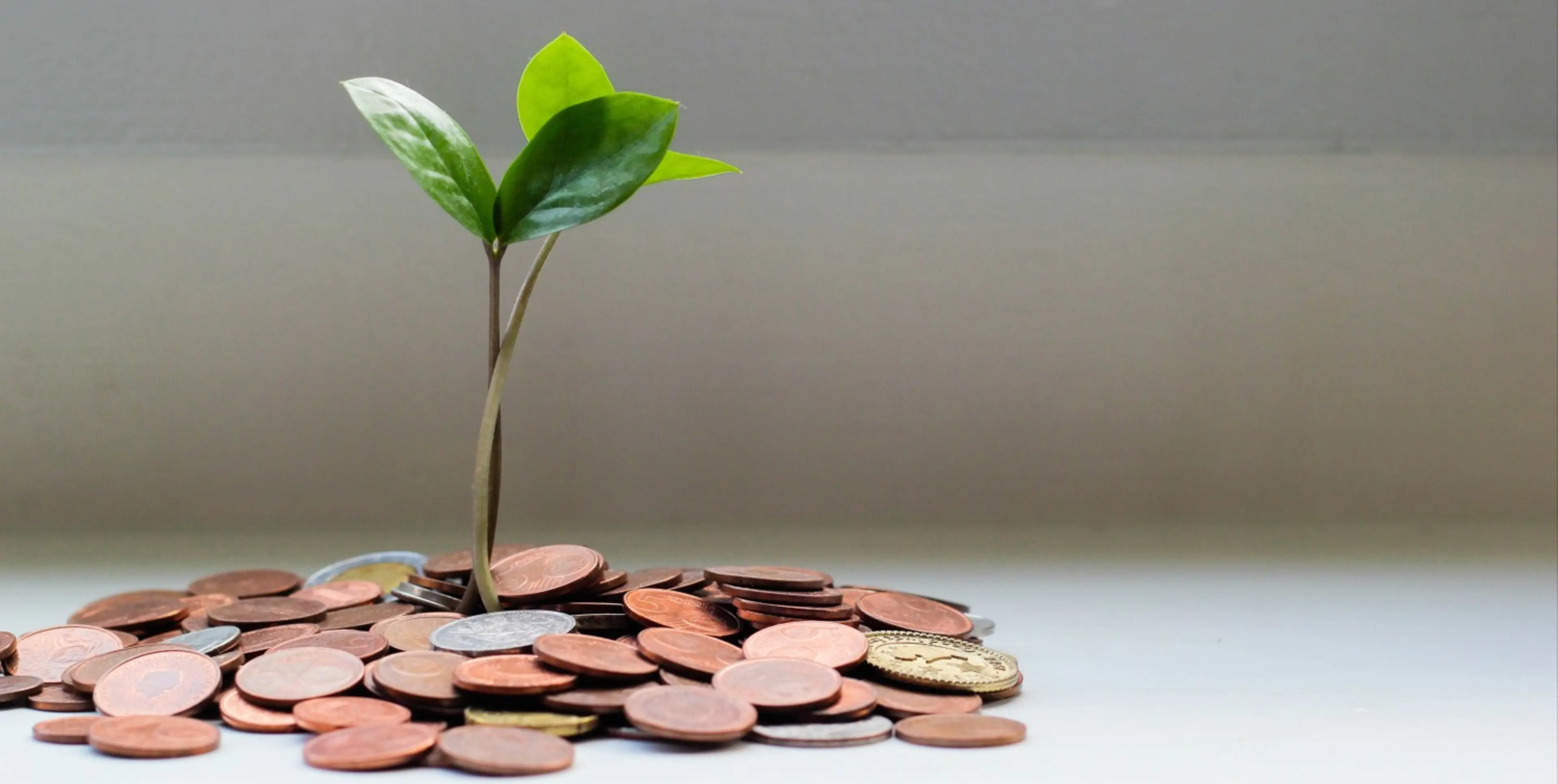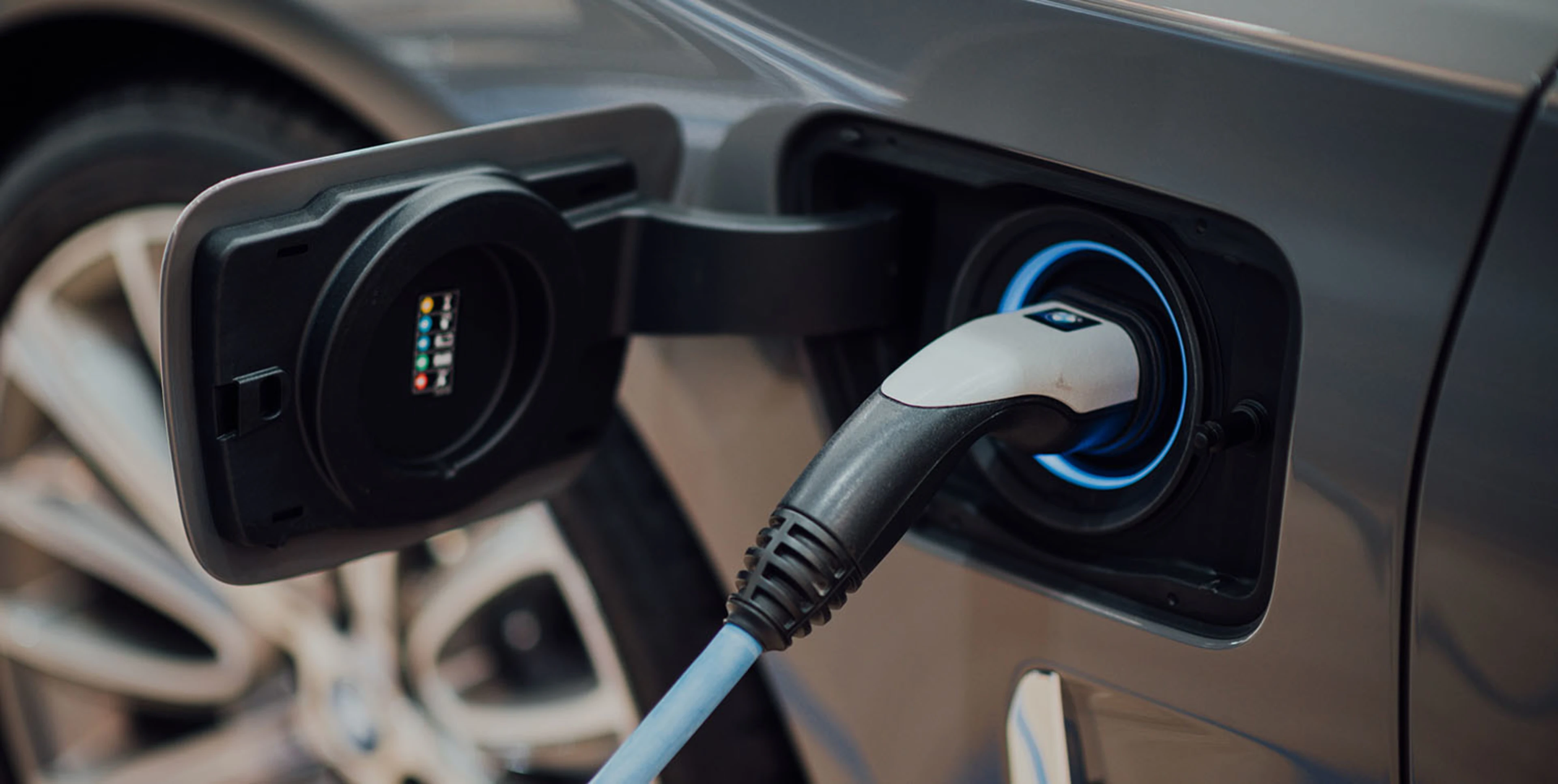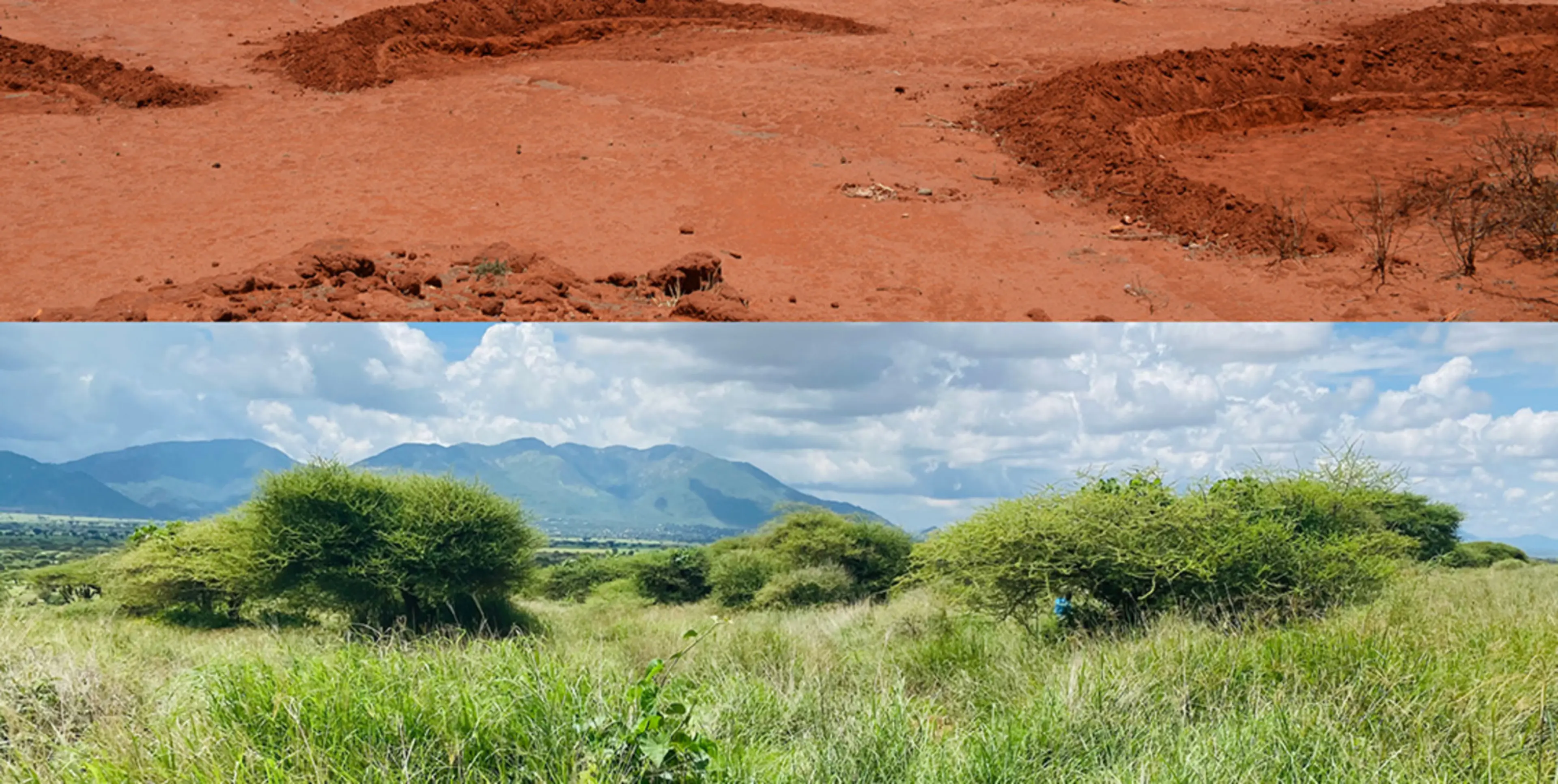Do you ever stop to think what happens to your old electronic devices? Chances are they end up dumped in landfills halfway around the world for some of our planet’s poorest people to scour through by hand. The same cocktail of highly toxic chemicals they inhale while doing so has probably already seeped into the surrounding water and soil. While the technological boom of the last few decades has revolutionised our existence, it has created this human and ecological crisis: e-waste.
Tackling our planet’s e-waste problem will require a global mindset change in our relationship with electronics. But this may take generations - so what practical advice can we all adopt in the meantime, and just how badly does e-waste affect our planet and its inhabitants? We explore this and more below.
What is e-waste?
E-waste is any discarded electronic device. It has existed since the 1970s, but we are currently living through an explosion of e-waste. Whereas it was once commonplace to keep the same TV for a decade, it’s now hard for many of us to imagine owning an electronic device for more than a couple of years.
Consumer demand has played its part, but manufacturers must ultimately shoulder a large portion of the blame. Electronic devices are now built to fail and impossible to repair, with this ranging from software updates that slow down older models to batteries that are glued in place and designed to have artificially short lifespans.
If our device stops working, then, we are faced with no choice but to discard and start over. While this has led to enormous revenue for manufacturers, frequently disposing of electronic goods means our planet now produces enough e-waste in a single year to cover an area the size of Manhattan. By 2050, this could double in size.
We are, therefore, in the grips of an e-waste crisis that shows no signs of slowing. Given that highly toxic chemicals are an essential part of the manufacturing process for almost all electronic goods, this is disastrous for our planet and its environment. We look at these impacts below.
The human cost of our e-waste crisis
Although labelled as ‘waste’, e-waste is far from worthless. Metals including gold, silver and palladium are present in almost all electronics, meaning that the global pile of e-waste is valued at $62.5 billion, more than the GDP of 120 countries.
After typically originating from the West it is then illegally dumped in some of the poorest parts of the world. It is here that the shocking human impact of our e-waste crisis unfolds. Hoping to recover even the smallest amount of a precious metal, men, women and even children sift through these old electronic goods by hand.
They inhale toxic quantities of mercury, lead and lithium in the process, unaware of the severe and lasting damage this has on their bodies. Mercury, for example, can cause your entire nervous system to shut down.
Mining these precious metals and minerals in the first place also brings with it disastrous human consequences. Cobalt, a key component of electronic batteries, is routinely gathered by children. As a result, nearly all of us are currently sat with a device in our pockets that is powered by child labour.
Planned obsolescence and the subsequent consumer desire to always upgrade may have resulted in the world’s first trillion-dollar companies, but it has also created a world in which children are being routinely exploited. Demand has created this supply of e-waste, so only by reducing this demand can we start to address our e-waste problem.
If we can transform our relationship to electronic goods at the same time as manufacturers placing the environment above profits, there is hope. Our legacy on this planet does not have to be the creation of a system in which armies of young children place their lives at risk just so we can have a device with fractionally faster processing power, but we must act now.
The negative impacts of e-waste: environmental impact
The same toxic chemicals that are routinely being inhaled are also in water supplies and soil. This is because e-waste is typically left to sit in landfills, rather than being properly stored, meaning any harmful chemicals present leak out.
As a result, the e-waste crisis has led to people around the world with lead and mercury in their drinking water. Landfills don’t even have to be near water sources for this to happen, as chemicals can enter smaller streams and soon flow into much larger lakes and reservoirs.
Polluting the land and water with toxic chemicals like this also wreaks havoc on biodiversity. Entire swathes of nature can become uninhabitable nearly overnight, the effects of which can be felt for decades and even never entirely reversed. Existing wildlife, such as plants and fish, are also immediately wiped out.
But producing electronic goods, especially at the rate we now demand them, also takes an enormous toll on our environment. The plethora of precious metals and minerals that make up each device have to be mined, scarring the landscape forever and replacing the natural wonder of nature with desolate canyons. Just as with informal recycling, this disproportionately affects the poorest regions in our planet, as entire communities are forced to destroy their natural surroundings to fuel a system created several thousand miles away from which they will never benefit.
How can you help tackle e-waste
As we are the architects of the e-waste crisis, but we can correct it. For this to be effective, it has to start with the manufacturers. Planned obsolescence and devices that cannot be repaired have to become a thing of the past. Any system that allows people to exchange several thousand pounds in exchange for an item that may not even last two years is a deeply flawed one.
Contributing to this level of structural change through personal action can seem like a tall order. Fortunately, there are changes to our behaviour we can all implement to play our part in the fight against e-waste. These are:
Reusing: Before deciding whether to buy a new kettle, maybe take a look at the one you currently own and think, ‘does this really need replacing?’. If it can be mended then it's far better for the environment to repair and reuse items you already have lying around in the house, rather than buying more. When the manufacturer says repair is not an option, always push them to find out if this is really the case.
Quality products: Buying something will last longer, even if it costs a little more, is a great way to reduce your personal e-waste production. Spending ten pounds more could be the difference between a toaster that lasts for five years and one that lasts for two. But this approach will also require involvement from the manufacturers. The goods they produce at these higher price points have to stand the test of time and not just be another attempt to maximise revenue.
E-waste recycling: If your electronic device has finally reached the point where it is unusable, then you will have to dispose of it correctly. In order to prevent it going to landfill and having a disastrous effect on the environment and human health, you will have to recycle it safely. See where you can recycle your e-waste properly here.
Through Pinwheel our customers can directly play their part in tackling the e-waste crisis by funding e-waste recycling in Africa, whilst creating local jobs in developing economies. This will start to alleviate this crisis, helping to reduce waste and recycle valuable components.











